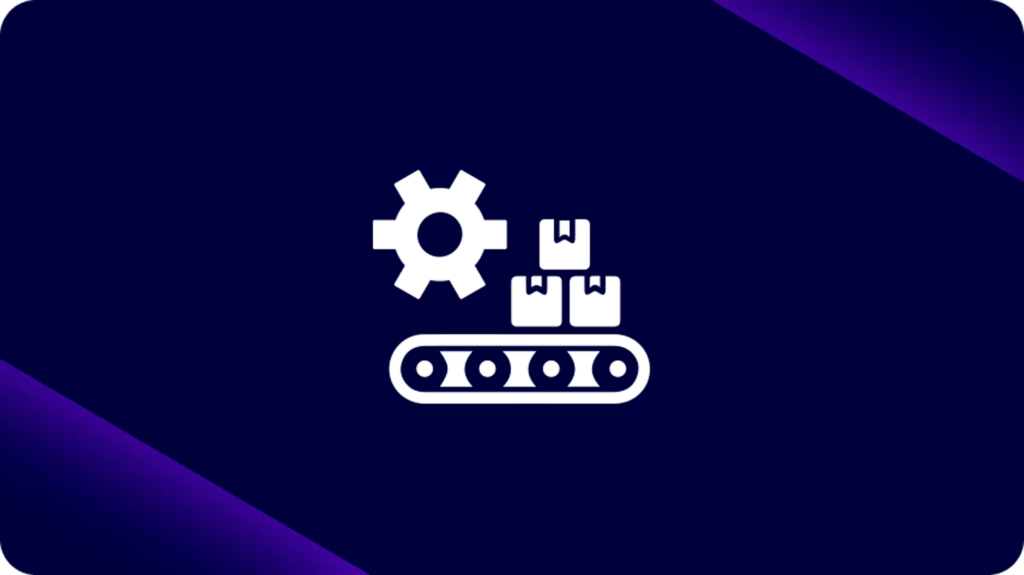October 12, 2022
Como líder empresarial, você é responsável pela saúde e sucesso da empresa. Responsável perante o conselho, investidores, clientes e colaboradores, você deve garantir que a organização responda com agilidade às mudanças do mercado.
No recente Relatório de Integração Empresarial da Digibee, um dos dados que encontramos foi particularmente surpreendente.
Quando perguntados sobre o tempo de inatividade durante o projeto de integração, 79% dos entrevistados relataram um tempo de inatividade significativo, impactante e superior ao esperado. Esse número representa um aumento de 27% em relação ao ano anterior.
Com base nos resultados da pesquisa e nas interações com nossos clientes, fica claro que a maioria das empresas que estão iniciando um projeto de integração simplesmente presumem que o tempo de inatividade ocorrerá (e provavelmente será em grande quantidade). Em vez de ser uma exceção, o tempo de inatividade se tornou a regra, com muitos líderes de tecnologia incluindo esse fator em suas estratégias de integração.
Mas não precisa ser assim.
>> Agende uma demonstração personalizada com nossa equipe de especialistas e veja como o iPaaS da Digibee trará eficiência ao seu negócio.
Tempo de inatividade: custos para o negócio
Todos nós pagamos um preço pelo tempo de inatividade, e esse custo só tem aumentado. Em 2014, a pesquisa da Gartner indicou que o custo médio do tempo de inatividade era de US$ 5,600 por minuto, com um custo médio por hora de mais de US$ 300 mil.
Em 2022, A pesquisa do ITIC mostra que o custo aumentou significativamente para 90% das empresas, com 44% relatando que uma única hora de tempo de inatividade poderia custar mais de 1 milhão de dólares. Um impacto impressionante no resultado financeiro.
Enquanto a segurança ocupa o topo da lista da pesquisa da ITIC em termos de questões que impactam o tempo de inatividade, integração/interoperabilidade está entre os dez principais, juntamente com erro humano, falhas de software, complexidade na configuração de novos aplicativos e departamentos de TI com falta de pessoal ou sobrecarregados. Todos esses são desafios de integração empresarial que você provavelmente encontrará durante seu projeto.
A estratégia do Big Bang
Normalmente, a culpa pelo tempo de inatividade é atribuída à tecnologia de integração. No entanto, com base em nossa experiência, esse resultado muitas vezes ocorre devido a um planejamento inadequado ou à falta de planejamento no geral. Embora a estratégia de integração que você criar seja fundamental para a força do seu plano e sua execução, a estratégia errada só vai agravar o tempo de inatividade que sua empresa enfrenta.
Vemos isso com bastante frequência em estratégias de integração empresarial “big bang”. Esse modelo exige que você integre todos os módulos de negócios de uma vez. Na teoria, isso parece um método eficiente e mais rápido para alcançar a integração empresarial, mas na prática, é extremamente demorado e ineficiente.
Com a estratégia big bang, as falhas críticas aumentam, pois os testes acontecem no final do projeto, quando todas as integrações estão completas — em vez de serem feitos de forma incremental ao longo do projeto. Rastrear falhas individuais também se torna mais complicado e demorado, forçando os desenvolvedores a voltar e testar cada ponto de integração.
Semelhante a uma sequência de luzes de Natal, quando uma lâmpada falha, todas falham. O sistema não pode ser restaurado até que o erro seja localizado.

A estratégia de Plataforma de Integração como Serviço (iPaaS)
É claro que uma implantação com zero tempo de inatividade raramente é possível, pois todos nós enfrentamos alguns problemas de integração durante esses projetos. Mas, com uma estratégia de integração eficaz e a tecnologia certa, o risco de tempo de inatividade e interrupções nos negócios pode ser minimizado.
Ao contrário das estratégias “big bang”, que nos forçam a retrabalhar a maioria das integrações existentes devido a dependências subsequentes, a tecnologia iPaaS permite uma abordagem mais deliberada e em fases. Em vez de investir uma quantidade significativa de mão de obra e recursos logo no início, o iPaaS oferece um modelo linear e bem planejado que acelera os resultados, economizando tempo e dinheiro.
Três etapas para minimizar o tempo de inatividade dos negócios
“Você está construindo em torno da ferramenta ou a ferramenta está se ajustando ao seu negócio?”
Com base no nosso trabalho com empresas de diversos setores, aqui estão três etapas construtivas que ajudarão a minimizar o tempo de inatividade nos negócios durante o seu projeto de integração:
1. Selecione a tecnologia certa
Escolha uma solução que permita construir integrações empresariais da maneira que você deseja. Pergunte a si mesmo: você está ajustando seu modelo de negócios para a ferramenta ou a ferramenta está se ajustando ao seu negócio? A tecnologia escolhida deve atendê-lo onde você está hoje, e não o contrário. Ajustar seu modelo de negócios para acomodar a plataforma de integração quase sempre levará a tempos de inatividade desnecessários.
2. Concentre-se no subconjunto de conexões
Abstraia as diferentes conexões em toda a sua estratégia de integração e depois foque na parte essencial que você deseja migrar. Mantenha todos os outros sistemas, permitindo que coexistam como sempre, desacoplando a arquitetura dos fluxos de dados. A tecnologia moderna de iPaaS permite aplicar essa abordagem gradual para maior flexibilidade e tempo de atividade.
3. Minimize o retrabalho
Retrabalho e tempo de inatividade estão intrinsecamente ligados. No entanto, enquanto algum retrabalho é necessário para o seu projeto de integração, ele certamente não será no mesmo nível de uma estratégia “big bang”, onde todas as integrações existentes precisam ser tocadas. Uma solução iPaaS permite que você integre em estágios, em vez de tudo de uma vez. Equipes menores podem realizar o trabalho com maior cadência para um projeto ágil e econômico.
A iPaaS da Digibee oferece medidas adicionais para ajudar nossos clientes a evitar tempos de inatividade e outros problemas de integração empresarial.
Por exemplo, a plataforma executa sistemas legados e modernos simultaneamente durante a implementação para garantir a confiabilidade contínua. Enquanto sua empresa segue com as operações normalmente, arquitetos de sistemas e desenvolvedores estão construindo, executando, monitorando e protegendo sua nova infraestrutura de integração.
A troca formal só ocorre quando todas as conexões são testadas e validadas. O melhor de tudo é que esse modelo é repetível, realizado sempre que uma nova integração é ativada.
Seu business case de integração empresarial
Você já enfrenta uma batalha difícil para quantificar o valor de um intangível, como a integração empresarial, para garantir financiamento e suporte para o projeto. A diminuição do valor prometido devido ao tempo de inatividade dos negócios e outros resultados evitáveis apenas enfraquece sua posição.
Se você está no meio do planejamento de uma estratégia de integração para sua organização, saiba que não está sozinho. Leia o Relatório de Integração Empresarial da Digibee para aprender como mais de 1,000 de seus colegas estão se preparando para sua transformação digital. O relatório examina armadilhas comuns, melhores práticas e principais lições para ajudar a embasar o seu caso de negócio.








